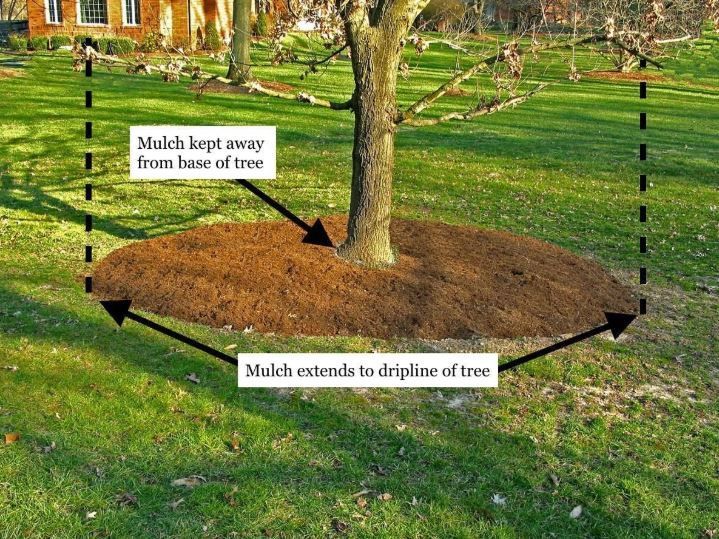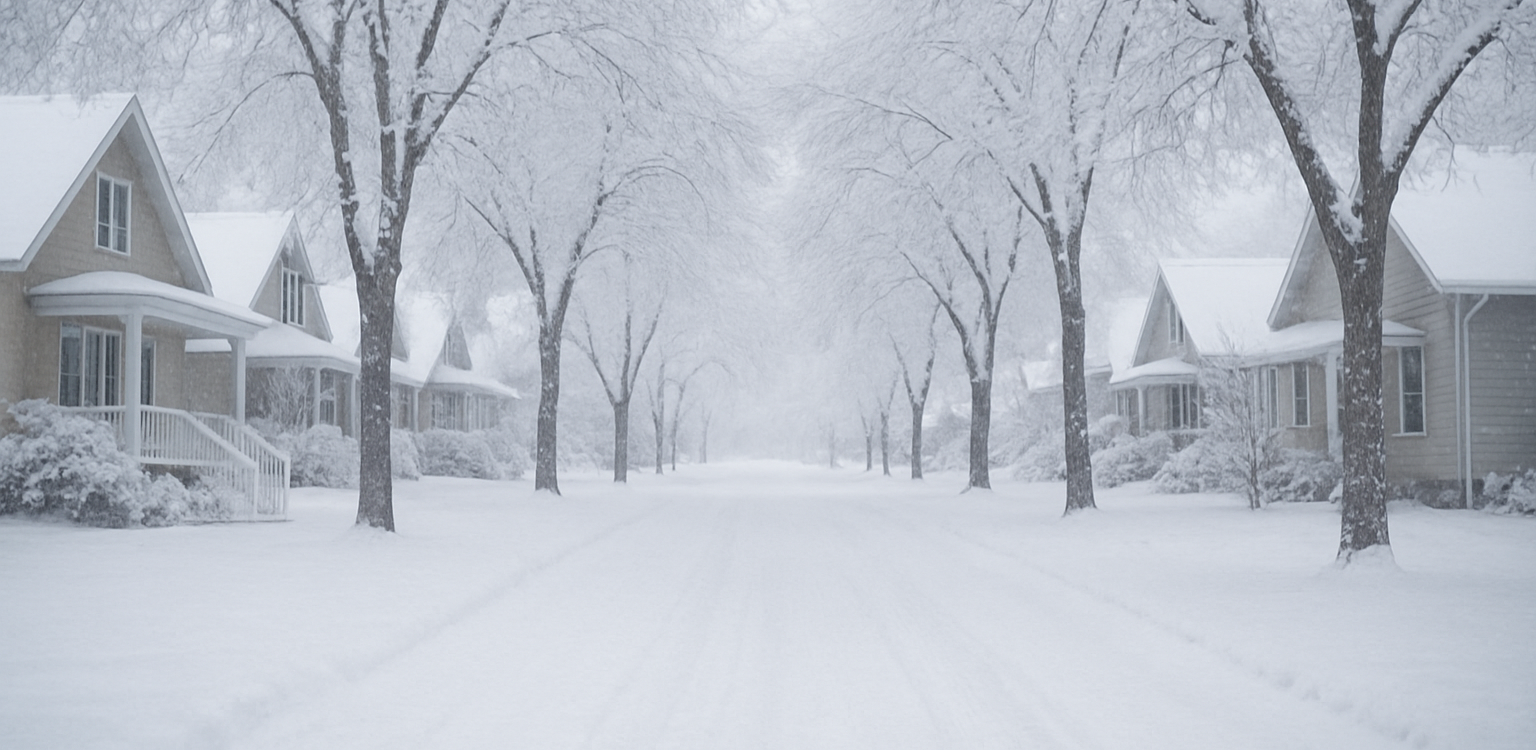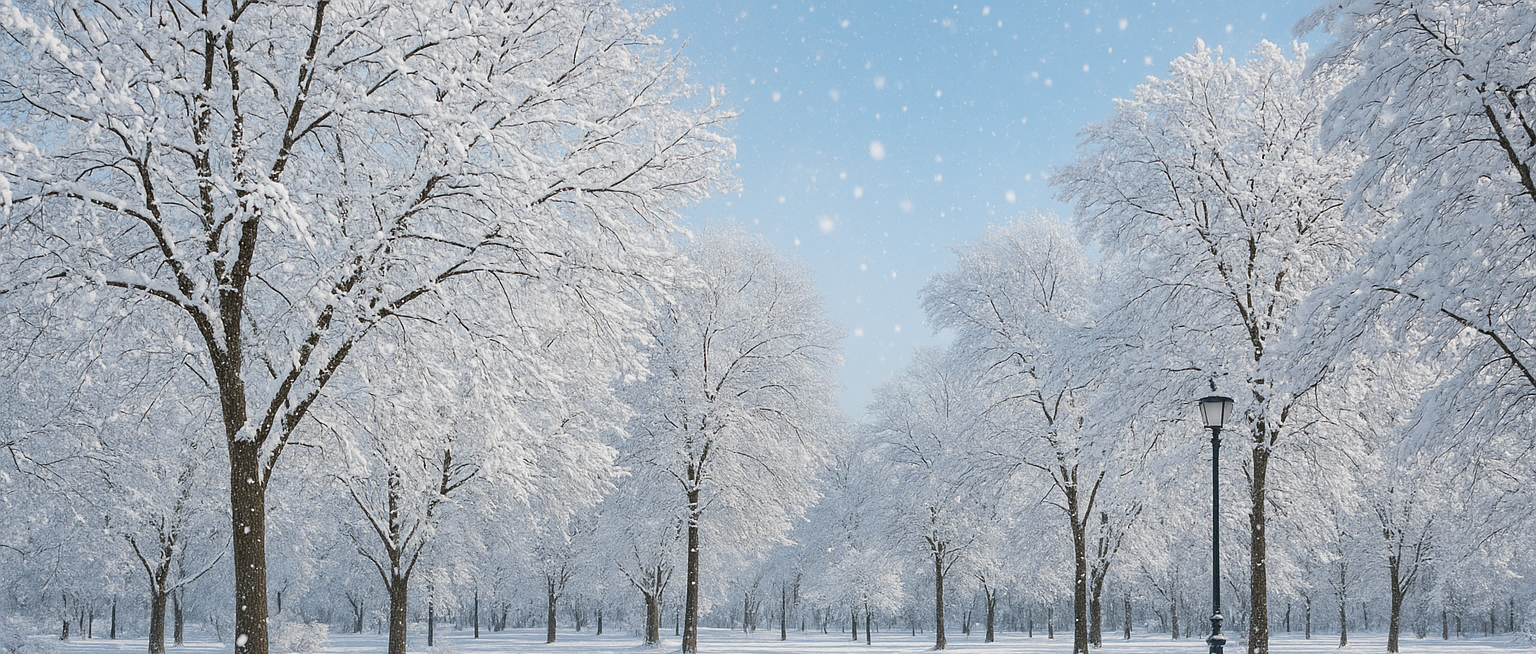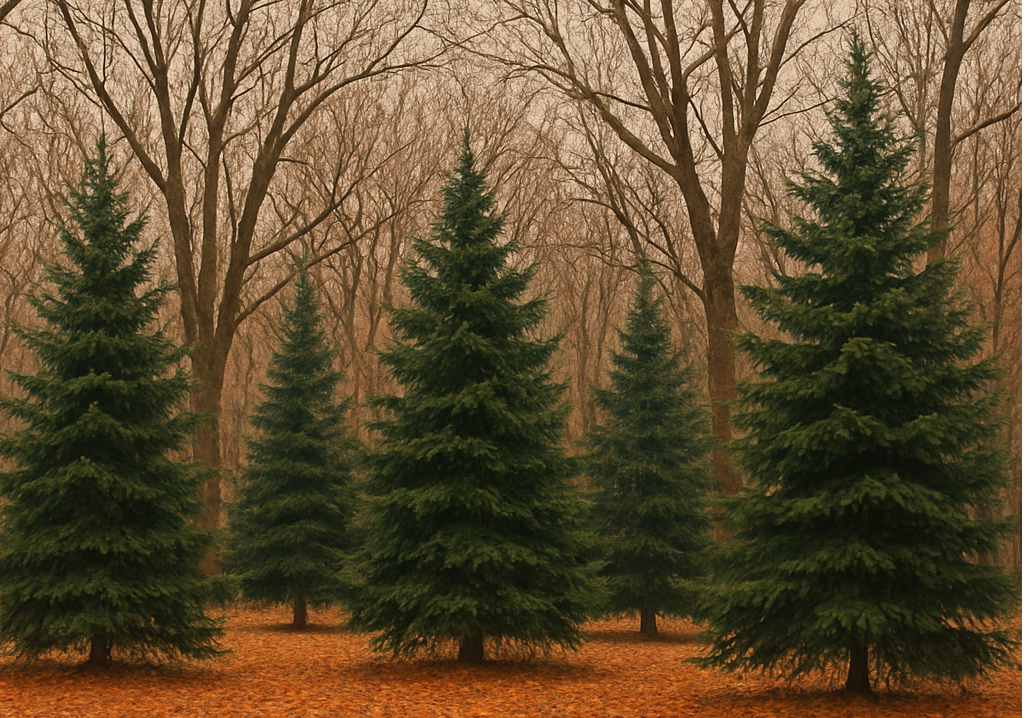The Importance of Mulching for Tree Health and How to Do It Right
Trevor Soltys & Paul Kasper
Mulching is one of the simplest yet most effective ways to promote tree health. When done correctly, mulching provides numerous benefits, from moisture retention to weed suppression and soil improvement. However, improper mulching techniques can do more harm than good. In this guide, we’ll explore why mulching is essential for trees and how to do it properly.
The Benefits of Mulching
- Moisture Retention – Mulch acts as a protective barrier, reducing evaporation and helping the soil retain moisture. This is especially beneficial during hot summer months or in dry climates.
- Weed Suppression – A properly applied mulch layer helps prevent weeds from sprouting by blocking sunlight from reaching the soil surface.
- Temperature Regulation – Mulch insulates tree roots, keeping them cooler in summer and warmer in winter, which helps reduce stress on the tree.
- Soil Enrichment – Organic mulches decompose over time, adding nutrients and improving soil structure, which enhances root health and growth.
- Prevention of Soil Compaction – A mulch layer reduces the impact of heavy rains and foot traffic, preventing soil from becoming compacted and restricting root expansion.
- Protection Against Mechanical Damage – Mulching creates a buffer zone that protects the base of the tree from lawnmower and weed trimmer damage.
How to Mulch Properly
While mulching provides many advantages, incorrect application can lead to problems such as root rot, pest issues, and suffocated roots. Follow these steps to ensure proper mulching:
- Choose the Right Mulch – Organic mulches, such as wood chips, bark, pine needles, and shredded leaves, are preferred because they break down naturally, enriching the soil.
- Prepare the Area – Remove any grass, weeds, or debris from the base of the tree before applying mulch.
- Apply the Right Thickness – Spread mulch in a layer about 2–4 inches thick. A thinner layer may not provide enough benefits, while a thicker layer can trap excessive moisture and suffocate roots.
- Avoid Volcano Mulching – One of the most common mistakes is piling mulch against the trunk in a “volcano” shape. This can trap moisture against the bark, leading to rot, disease, and pest infestations. Instead, leave a small gap (about 2–3 inches) around the trunk.
- Extend the Mulch Ring – Ideally, mulch should extend at least to the tree’s drip line (the area directly beneath the outermost branches). For young trees, a 2-3 foot diameter mulch ring is sufficient, while mature trees benefit from a wider coverage.
- Refresh Mulch as Needed – Over time, mulch decomposes and compacts. Check annually and replenish to maintain the recommended thickness while removing any old, compacted layers.
Final Thoughts
Mulching is an easy yet powerful practice that significantly enhances tree health when done correctly. By following proper mulching techniques, you can help your trees thrive while improving the overall aesthetics and health of your landscape. If you’re unsure about the best mulching approach for your trees, consulting a professional arborist can provide valuable guidance tailored to your specific environment and tree species.







